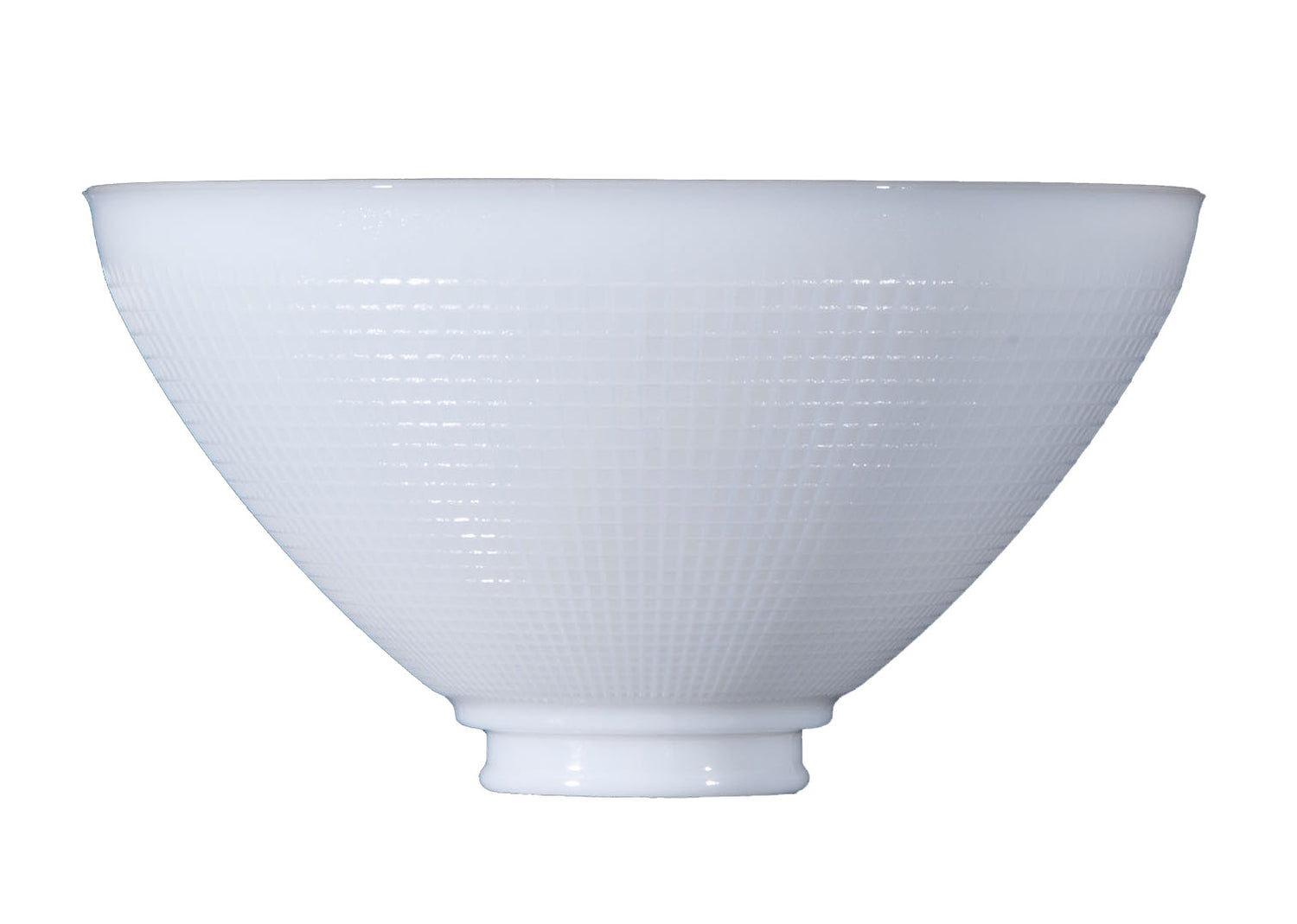Adding Timers to Antique Lamps
Lighting is more efficient today than it ever has been thanks to the development of lamp technology that allows you to reduce your energy consumption. If you have an antique lamp that needs a bit of an update, Antique Lamp Supply can help. Lamp timers are one of the easiest devices to use if you wish to protect your home when you leave. After a prolonged period of time left on, light bulbs can get too hot and pose a fire hazard. Lamp timers are devices that plug into any electrical outlet. These devices feature switched outlets on the side, as well as 24-hour clocks.
You can set a timer to power off and on to the switched outlet one or more times throughout the day, depending on the model you choose. When you plug a lamp into the switched outlet, the timer can easily control when the lamp will turn on and off throughout the day. Timers are very convenient when you go on vacation or need to give the impression that someone is home. Before you begin, you will need to choose an appropriate lamp timer.
How to Choose the Right Timer for a Lamp
All light timer switches have predetermined wattage ratings to help you select the right model for your needs. You must add up all the wattage of the light bulbs and fixtures your timer will control. Search for a switch that is rated to handle that amount of wattage. You must also keep the lighting configuration in mind before you decide to purchase. Most timer switches will work with standard single-pole switch setups, but not all timers can be used with three- or four-way switches. Switches are also restricted by the type of lightbulbs or devices they handle. Look for a light timer that can control your fluorescent, compact fluorescent, low-voltage, or specialty bulb.
Electronic programmable timer switches: Provide up to seven daily power settings you can preset. Most programmable timers come with random settings, too, that will turn your lamp on and off at varying times throughout the day to make it seem more probable that someone is home.
Mechanical spring-wound timer switches: Feature a dial that you wind to power the light fixture. Mechanical timers are designed to keep a light on for one to 60 minutes and are most commonly used with bathroom heat lamps.
Plug-in timer switches: Allow you to use a timer on one lamp without the need to rewire wall switches. You can find both mechanical and digital varieties, as well as outdoor timers with weather-resistant housing for antique porch lights.
How to Add a Timer to an Antique Lamp
Whether you live in an old home or you own an old-fashioned lamp, there are several ways you can make lighting smart and more efficient overall.
- Plug the timer in and make sure that the lamp that's attached to it is powered on. Carefully replace any blown lightbulbs to ensure that the timer works correctly.
- Double check the correct mode. There are usually two modes to any manual timer: on and "T" for timer. When on, power bypasses the timer and leaves the lights on like any ordinary switch. When you need to change the timer settings, you will want to switch the timer to "T" mode.
- Manual timer switches feature a dial with a pointer. Rotate the dial so that the pointer's direction corresponds to the current time. Depending on the model you choose, the timer may show 24-hour time instead of a.m. and p.m. times. Adjust your timer accordingly to account for a.m. or p.m., if applicable. Select the hours during which you want the lamp on by pushing down the appropriate tabs. Leave the other tabs alone, so the lamp will turn off during those times. Digital timer switches are typically programmable and used in the same fashion, allowing you to select days, times, and hours you want the light fixture to be on. Consult the instructions provided by the manufacturer.
- Test the timer settings to ensure that it is set correctly. Turn the dial of your manual timer to see if the light fixture powers on and off as it's supposed to. Test your digital timer by programming it to the current time to see whether the lamp powers on and off as you see fit. Remember to reprogram your timer to the intervals you desire.
- Keep a close eye on the timer for the next 24 hours to ensure that you have set it correctly.
Plug-in timers are even easier to use, and most models are compatible with CFL, LED, incandescent, and halogen light sources. There are also lighting timers that attach to motion detectors, so you can increase security in and around your home, as well as timers that can control both lamps and other appliances all at once. We offer dusk-to-dawn light control for incandescent bulbs, as well as mechanical power strips that come equipped with timers. Please contact us today if you have any questions about this article or our product selection.

